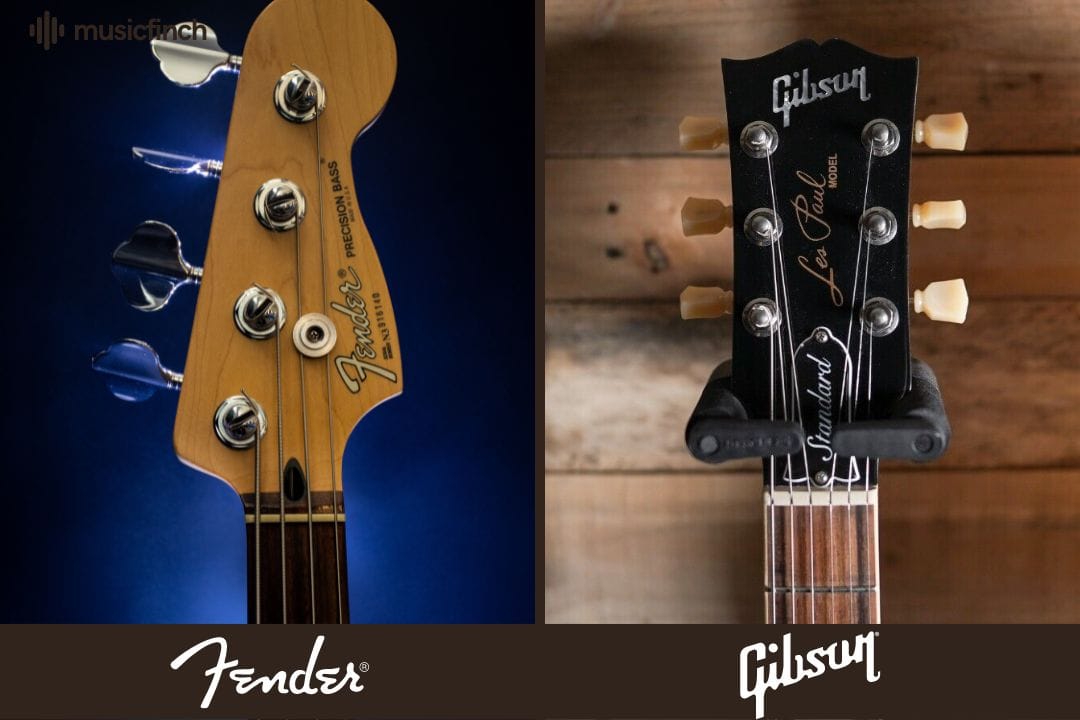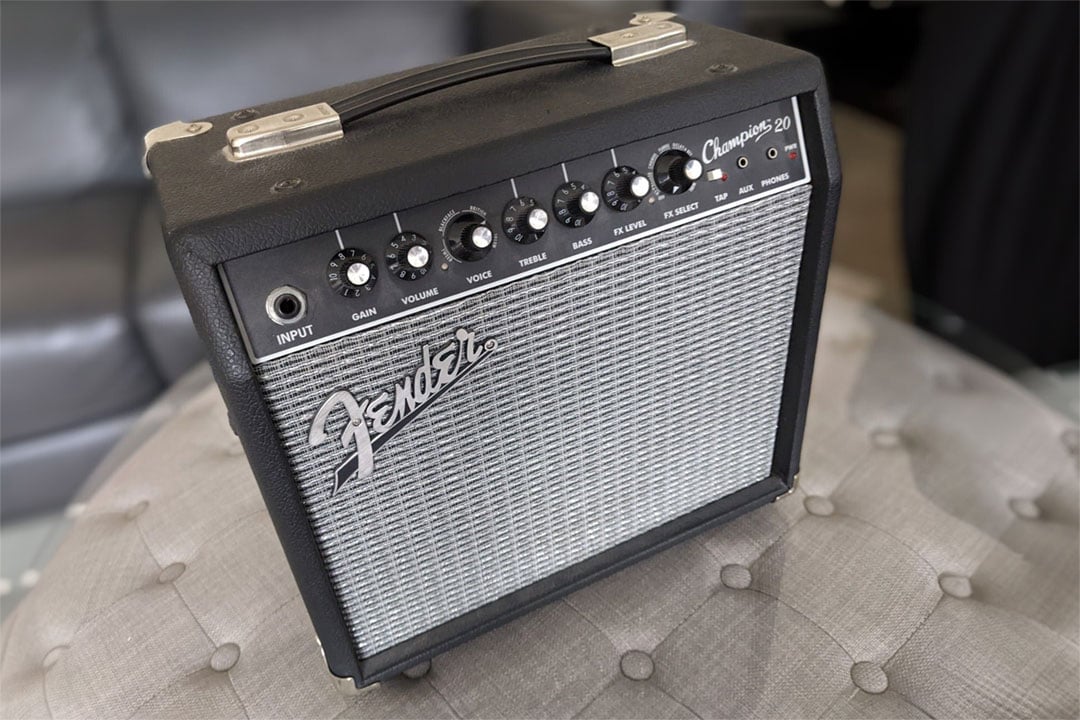Whether you are a seasoned guitar player or a beginner making strides in acquainting yourself with the different types of guitars, chances are you have come across or heard about the multiscale guitar.
This type of guitar, commonly called a fanned-fret guitar, stands out for its unique design, superior playability, and sound quality benefits.
I explore the multiscale guitar’s design, benefits, and more in this article.
Understanding Multiscale Guitars

A multiscale guitar has a unique fret layout, which differs from traditional guitars’ standard parallel fret layout.
The frets in a multiscale guitar are fanned or slanted, hence the term ‘fanned-fret guitar.’ This design results in longer scale lengths for the bass strings and shorter scale lengths for the treble strings.
The innovative design was developed because different string lengths and tensions can optimize a guitar’s resonance, response, and balance. You’ll often see a multiscale design on 7, 8, 9, or even 10-stringed guitars, commonly used in modern metal and jazz.
Normal V.S. Multiscale Guitar
The design of a multiscale guitar is its distinguishing factor. Unlike traditional guitars, where the frets run parallel to each other, in a multiscale guitar, they are fanned.
- The Scale Lengths: Unlike the standard guitars that maintain a uniform scale length across all strings, a multiscale guitar has different scale lengths. The bass strings have lengthier scales, whereas the treble strings have shorter scales.
- Fret Placement: The frets in a multiscale guitar are placed at an angle to accommodate the different scale lengths, leading to a distinct fanned appearance.
- Adjustable Scale Lengths: Notably, the scale lengths in a multiscale guitar can be adjusted depending on the player’s preference and the genre of music.
| Feature | Standard Guitar | Multiscale Guitar |
|---|---|---|
| Scale Lengths | Uniform | Different Lengths |
| Frets | Parallel | Fanned |
| Adjustability | Limited” | Possible |
Why Use a Multiscale Guitar

Multiscale guitars offer several benefits to musicians, which helps to explain their increasing popularity in various music genres.
- Improved Intonation: The different scale lengths in a multiscale guitar provide a better string tension balance, improving the guitar’s overall intonation.
- Better Playability: The fan-shaped frets in this guitar align naturally with the hand’s motion, facilitating easier playability.
- Versatility: Multiscale guitars excel in different music genres, from jazz to heavy metal, making them a versatile choice for all guitar players.
Choosing a Multiscale Guitar
Selecting the best multiscale guitar depends on various factors, including your playing style, music genre, and budget. When choosing a multiscale guitar, consider the following:
- The number of strings: Higher-string guitars often benefit more from a multiscale design. Hence, if you play 7-string or more, a multiscale guitar would be a suitable choice.
- Genre of your music: Multiscale guitars are versatile; they can be used in various genres. However, they are notably popular in modern metal and jazz, where the extended range is beneficial.
- Your budget: Like any instrument, multiscale guitars come in various prices. Determine your budget and find a guitar that fits within it without compromising quality.
Multiscale guitars provide an intriguing mix of aesthetic beauty, improved playability, and superior sound quality, making them increasingly popular among guitar enthusiasts worldwide.

- Seven-String Versatility: The Schecter Reaper 7 provides an extra low B string for expanded range and creative possibilities.
- Unique Multi-Scale Frets: These frets allow each string to have different lengths between the nut and the bridge, particularly enhancing the resonance of the low B string.
- Accurate Scale Length: A varying scale length from 25.5 inches on the first string to 27 inches on the low B string ensures tight tonal quality without muddiness.
If these factors resonate with you, the multiscale guitar could be a great choice for your next guitar!
Related Questions
Are fanned-fret guitars hard to play?
Fanned-fret guitars can initially appear intimidating due to their unconventional fret layout.
Still, many players find that after a brief adjustment period, they offer ergonomic advantages, especially on higher frets, which align more naturally with hand movements.
The design can facilitate more fluid lead playing on the higher strings due to the shorter scale.
However, playing on lower frets might require a slight rotation of the hand, which could be unfamiliar to some.
The degree of adjustment varies among players and depends on the specific multi-scale lengths of the guitar.
What do multiscale fanned frets do?
Multi-scale fanned frets on guitars optimize each string’s tension by providing individual scale lengths: thicker strings have longer scales for increased tension without changing pitch.
In comparison, thinner strings have shorter scales to reduce excessive tension and potential breakage.
This design ensures cleaner tones and improved intonation, especially for lower tunings, but also offers ergonomic advantages, aligning with natural hand movements on higher frets for fluid playability.
Drawing from the principles used in instruments like grand pianos and harps, multi-scale guitars cater to diverse musical styles and tunings, enhancing versatility and performance.
Who invented the multiscale guitar?
The multi-scale guitar, characterized by its fanned frets, was popularized by luthier Ralph Novak of Novax Guitars in the late 1980s.
While varying string lengths can be traced back to historical instruments like the harp and grand piano, Novak introduced and patented this design for the modern guitar.
His innovative approach addressed tonal and ergonomic challenges guitarists face, paving the way for a new era of guitar design and versatility.





